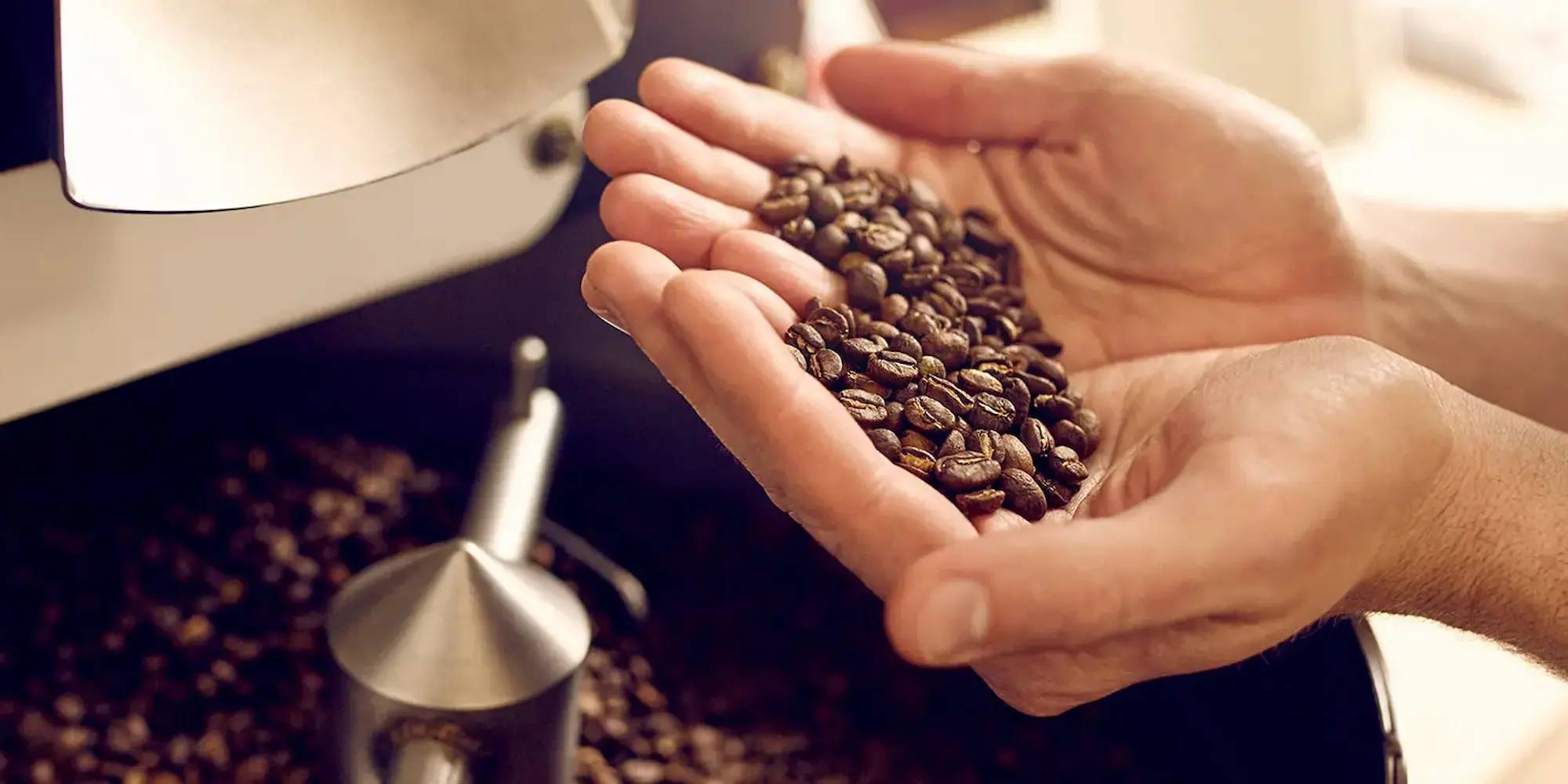
The coffee plant belongs to the category ‘megaterme’ (plants needing high temperature), a shrub that needs a temperature of over 20° for growth.
The most fertile soils for its cultivation lie between theTropic of Cancer and the Tropic of Capricorn, areas characterised by a particularly warm climate with frequent rainfall.
The most common types of coffee are Arabica and Robusta: to be able to grow and bear fruit the former needs a temperature between 17° and 24°C at a height of 600-800 metres above sea level; the latter, on the other hand, is cultivated at around 800 metres above sea level and thrives in temperatures between 24° and 30°C.
Arabica and Robusta are evergreen plants that transpire continually and do not have mechanisms to control the loss of water. For this reason they need a continuous water supply: in particular in the equatorial areas where there is no distinction between the rainy season and the dry season, the plants receive water constantly and the fruit (called cherries or drupes) bud all year round.


Arabica is grown mainly in South America, in Central America and in some areas of Africa like Kenya and Ethiopia. The beans of the plant are a long, almost oval shape, they have a delicate taste which is not too bitter, acidity which is more or less noticable, and clear aromatic sensations.

Robusta, on the other hand, is grown mainly in western Africa and in the Far East. The beans have a characteristic more rounded shape and have a more or less straight furrow. This variety has less vigorous aromatic sensations, a noticable sense of bitterness and great body.

The best degree of ripeness is reached when the fruits become red.The harvest then takes place, using one of two different techniques: Picking or Stripping.

This consists of picking, by hand, the individual cherries, which are selected one by one, checking the level of ripeness. Only the most mature fruit is picked, leaving the others on the plant to complete the cycle of ripening.
The branches are stripped of fruit, without checking the ripeness of the single drupes. Time is considerably reduced using this method but the harvest will contain fruit which is still bitter or too ripe.
When the harvest is complete, the beans are separated from the pulp using two methods: dry processing and moist processing.

In dry processing the fruit is left to dry in the sun for several days. Once it is ready, the beans are extracted using decorticating machines. They are then left in particular tanks where the remains of the pulp are cleaned off and the fermentation process begins. Only after that are they washed and again left in the sun to dry.
Moist processing means that the beans (defined as “washed”) keep their organoleptic characteristics in a much better way compared with what happens with dry processing (defined as “natural”). Only after they have been subdivided according to size are the beans put in jute bags, each weighing 60 kgs. At this point they are ready to be exported.